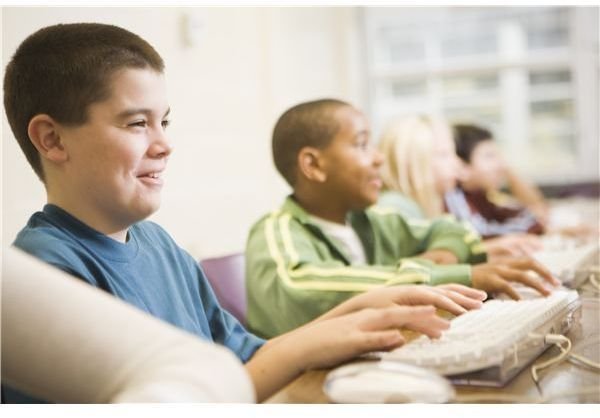Collaborative Learning: Integrating Technology in Education
The Use of Technology in Collaborative Learning
There is a student sitting in his second grade class with a Nintendo DS and a cell phone in his back pack. He will check in with his parents the minute school is dismissed and then sit and play his DS waiting for them to pick him up. In a high school across town students are continually text-messaging friends between classes and receiving calls from parents who think that because it is convenient, it is okay to disrupt whatever is going on for the sake of communication. Then class starts, and a new environment is taking shape.
Students are signing in on their white boards and the teacher is preparing a lesson that is displayed on a Smart Board at the front of the class. The same lesson is transmitted on each student’s individual lap board, and the day begins. Gone is the traditional lecture.
Instead a series of questions, discussions are taking place within several individual groups. This is collaborative learning. Technology has brought new meaning to the information age and as Khine and Fisher (2003) point out, “The rise in computer literacy of users and the trend of Internet access have presented enormous challenges for universities worldwide to improve outcomes and extend access to a broad range of students.” (pg.1).
Technology and Collaborative Learning
So the question here is, how does technology fit in a collaborative learning environment? The answer, as you have just read above, is very well! The foundation of any collaborative learning environment is the sharing of information and the formation of individual discovery through group discussion and shared practice. What does that mean? Quite simply it means given the right tools and information for discovery, students can actively engage in their own learning. The teacher becomes the conduit, or captain of the ship, for the purpose of steering and maintaining due course. The use of Smart Boards, interactive whiteboards, the Internet, and projectors hooked to laptops, facilitate the way we distribute the content that is to be learned. They also open up avenues for each student to search and discover on their own given the lessons parameters.
How It Works
So how does it work? Students can use computers and software programs to create podcasts for reports, PowerPoints for presentations, and even music software to write or download their own music into their work. Technology integration enhances not only the learning but the creative critical thinking that moves each student to the top of desired learning outcomes. The teacher uses technology to share and demonstrate lessons in a way that is both interactive and collaborative, and keeps the student engaged both physically and mentally. Technology should be seen as a partner in the new educational environment. It can, and does, make the classroom truly global in both its discovery and its learning.
Reference
Khine, M. S., & Fisher, D. (2003). Technology-rich learning environments World Scientific Publishing Company, Inc.
